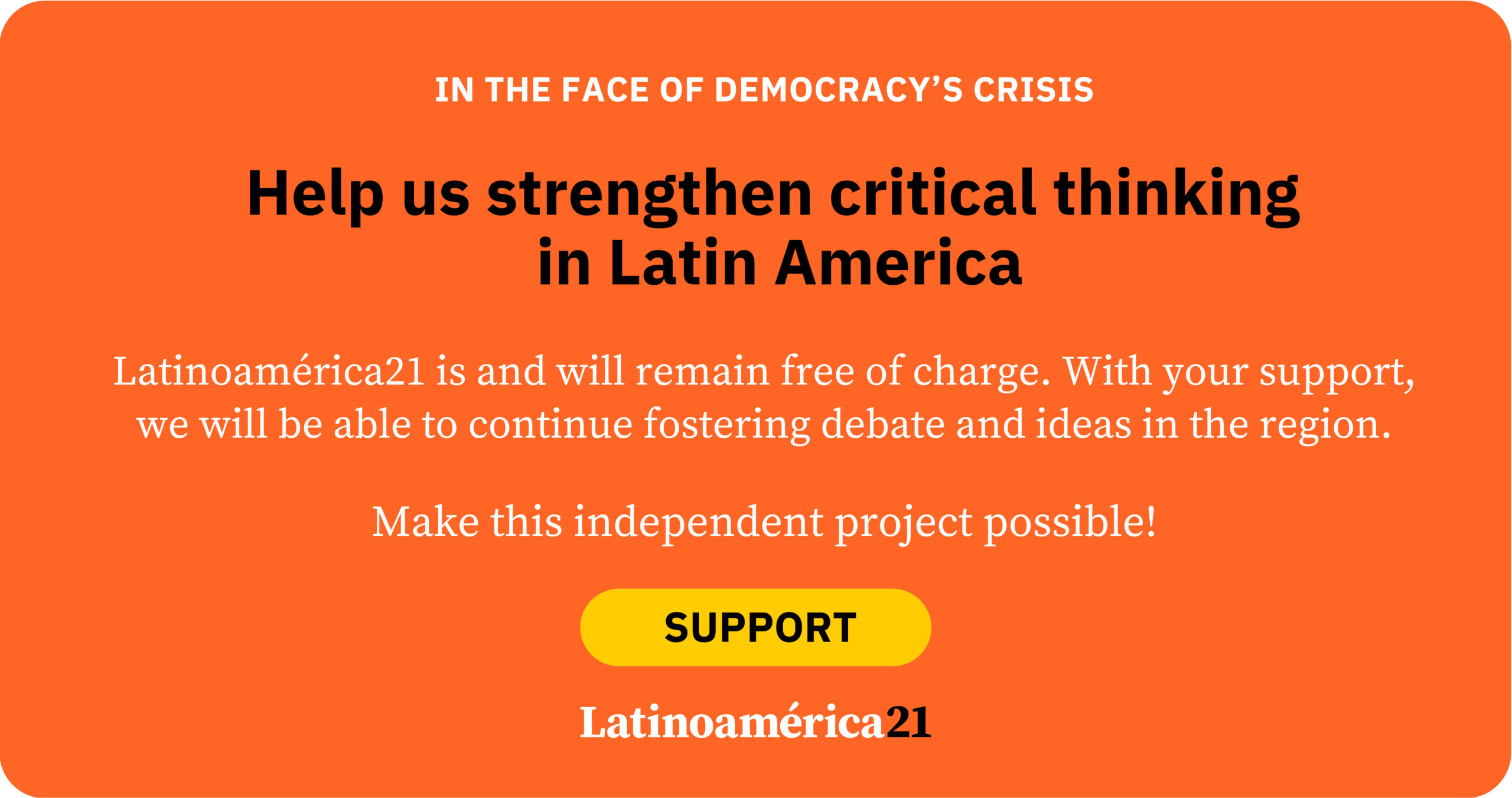
The war in Ukraine has had a significant impact on international politics and the reaction of Latin American governments to this conflict has revealed differentiated positions. Some openly supported the Russian invasion, while others were very clear in their criticism and condemned the Russian aggression, as shown by their vote in the United Nations General Assembly and the Organization of American States. Additionally, some governments wavered in their vote and/or offered themselves as mediators in the conflict.
Although most Latin American governments have condemned Russian aggression in the United Nations, those same governments have rejected the delivery of weapons and the imposition of sanctions and in some cases have even increased trade with Russia. What might seem like ambiguous or even contradictory behavior is neither capricious nor accidental; it represents a rational approach to navigating the turbulent waters of a multipolar world without endangering national interests.
The concept of active non-alignment has become quite popular in debates about Latin America’s positioning in international politics and the Ukraine conflict. But the question arises as to whether this concept is really the most appropriate to capture the policies of Latin American governments and what advantages it offers compared to other concepts. Politicians and academics from India, for example, prefer the concept of multi-alignment, as a tool to maximize national interests and preserve some strategic autonomy.
Instead of talking about active non-alignment, it might be more precise to refer to the concept of ‘peripheral opportunism’. This term is not meant to be pejorative; rather, it describes how governments react to a changing structure of opportunities and risks. The transition to a multipolar international system has expanded the leeway for peripheral governments that are simultaneously aware of the realities of power. In line with the ‘peripheral realism’ developed by Carlos Escudé, these governments recognize that there are structural inequalities in international politics and that unnecessary provocation of major powers should be avoided.
Although the positioning of a peripheral government on international conflicts alone does not alter the global balance, like the accumulation of peripheral positions, it can entail costs and benefits. Therefore, most governments follow a strategy of minimizing risks, maintaining a low profile and shielding themselves from the pressures and influence exerted by the major powers. Such a strategy does not exclude the possibility of reaping short-term benefits from the competition between major powers and the claim of taking sides in international conflicts, as long as the opportunity arises and the benefits outweigh the potential costs.
In the specialized literature on international relations, such a strategy is called “hedging”. However, there are reasons to deviate from that strategy, especially if it results in much higher costs than aligning with a major power, or if aligning promises more benefits.
There is also a hierarchy in the periphery. Strategic options are different for emerging powers or regional powers (such as Brazil in Latin America) that are courted by major powers and whose positioning has greater influence in international politics. Emerging powers, like India or Brazil, can promote a more proactive strategy and prefer multiple alignments. For emerging or regional powers, the Ukrainian conflict offers an opportunity to improve or consolidate their status in the international system. While a “hedging” strategy aims to stay out of the conflict and remain unnoticed, multiple alignment is proactive and can aim at inclusion in potential conflict resolutions.
There are good arguments for claiming that the mentioned concepts capture and characterize the variations and differences in the reactions of Latin American governments to the Ukraine conflict better than the concept of active non-alignment. This concept was introduced by Carlos Fortin, Jorge Heine and Carlos Ominami, three well-known Chilean intellectuals with careers in politics, academia and the diplomatic service, in the context of growing tensions between China and the United States. Subsequently, the authors strove to disseminate and popularize the concept and apply it to current crises, such as the Ukraine conflict or the conflict between Israel and Hamas in the Gaza Strip.
The basic considerations underlying the concept are very simple but are overloaded with symbolism: in the conflict between the US and China, Latin American governments should not take sides but should be guided solely by their national interests and take advantage of the competition between the two superpowers. For its proponents, non-alignment does not imply abstaining from issuing an opinion and is perfectly compatible with taking a position (critical or supportive) on the decisions made by any of the major powers. That’s why they call it active non-alignment. The positioning is based on convictions and is primarily determined by national interests. This line of reasoning is not very convincing. Deciding case by case and from one issue to another is not active non-alignment, but selective alignment or multiple alignment as Indian politicians define it. This description is not as grandiose as active non-alignment but fits reality better.
For the authors of active non-alignment, Latin American governments should articulate a common position on global challenges. But such a stance does not consider the different international positions, divergent interests in foreign policy and different dependencies of Latin American countries. Moreover, it would imply a permanent alignment of the foreign policies of Latin American governments and, therefore, contradict a policy of active non-alignment from the perspective of individual states.
What is disconcerting is the lack of integration of this concept into broader theoretical-conceptual debates in the field of international relations, as well as the insufficient knowledge and engagement with debates in other regions of the Global South (especially Asia) and the analytical concepts developed in them. This testifies to a certain Latin American parochialism on the part of the defenders of this approach. Another deficiency of the concept of active non-alignment is that it combines an analytical approach with a normative stance to demand and justify a repositioning of Latin America in international politics.
Finally, the proponents of the concept of active non-alignment reveal a very simplified and distorted worldview that does not sufficiently differentiate the interests and foreign policy orientation of the countries of the Global South. They argue that the main division in today’s world is between the Global North and the Global South, between the West and the rest. This worldview contrasts with another, according to which the international order is characterized by two cleavages, one between the Global West and the Global East, and another between both and the Global South—which is seen as quite heterogeneous and diverse in terms of resources, power configurations, political regimes, economic and social models, values and cultures.
Understanding how Latin American governments navigate this increasingly complex and conflict-ridden multipolar world requires concepts that do justice to this complexity and consider both multipolarity and the persistent structural inequalities in international politics between the center (or centers) and the periphery.



